- Salusalu dama, 2015, Bua Province, Vanua Levu, Fiji
- Tanya Edwards, Kahoa
- Pele Family, Ulafala, 2015, Samoa
- Alan Preston, Kauri seeds lei
- Ross Malcom
- Installation view of Art of the Pacific at NGV International, 26 March 2016 – 14 August 2016, photo: Brooke Holm
- Installation view of Art of the Pacific with Simone LeAmon, Curator of Contemporary Design and Architecture at NGV International, 26 March 2016 – 14 August 2016, photo: Brooke Holm
- Chris Charteris, Mary Ama, Simone LeAmon, Tui Emma Gillies and Sulieti Fieme’a Burrows. Contemporary Pacific Art and Community Day at NGV
Recipient of the National Gallery of Victoria Women’s Association, Elizabeth Summons Curatorial Scholarship, Simone LeAmon NGV Curator of Contemporary Design and Architecture travelled through the Pacific nations of New Zealand, Tonga, Samoa and Fiji in December 2015 to meet artists and identify leis for inclusion in the exhibition Art of the Pacific, a new display from the NGV’s collection of Oceanic art. Leading to some extraordinary finds and the acquisition of twenty-five compelling works, Garland asked Simone to share news of her research and Pacific adventure.
There is no substitute for on the ground curatorial research. The act of locating oneself in the field to observe and gather information first-hand is simply the most effective way of gaining insight into a subject. This is why, when asked to curate a collection of leis to reflect contemporary Pacific cultural practice for the NGV exhibition Art of the Pacific I joyously embarked on a fourteen day, self-directed research trip through the Pacific. But expectations were high. Knowing I had to find exemplary works for display in two months time caused my heart to beat a little faster and harder.
Conducting considerable pre-research, I had uncovered monumental shell garlands by I-Kiribati/Fijian-born Chris Charteris, delicate kiln-formed glass and porcelain lei by Emily Siddell and lei works by contemporary artists and jewellers Niki Hastings-McFall, Alan Preston, Fran Alison and Ross Malcolm. Meeting with these accomplished practitioners in Auckland it is clear that the typology of the lei has expanded to communicate artistic, creative and critical concerns. Practitioners from New Zealand and across the Pacific are exploring the cultural significance of the lei through their own distinctive voices. A leading figure in contemporary jewellery in New Zealand since the 1970s, Alan Preston draws on materials and forms from traditional Pacific body adornment. Included in the NGV exhibition Art of the Pacific Preston’s Kauri lei imagines a necklace made in a fictional time when Pacific cultures prized gold over shells, teeth and greenstone for currency and as status symbols.
Intrinsic to the lei is a connection to place and heritage made tangible through media and indigenous craft techniques. The use of natural materials from the sea, sky and forest, such as shells, feathers, flowers, seeds, stones and plant fibre are symbolically rich, evoking themes of life force, spirit and memory. The making of leis is an enduring cultural practice shared by diverse Pacific cultures and different lei forms and designs distinguish Pacific island identities and social groups. A lei (garland) may also be called a kahoa, salusalu or ei.
On the recommendation of Alan Preston and Ross Malcolm, I head out to the Pacifica Arts Centre in Henderson on my last day in Auckland to meet artist Mary Ama. Born on Rarotonga in the Cook Islands, Ama founded the Pacific Mamas, a group of acclaimed Pacific heritage artists residing in New Zealand. She is a distinguished lei maker and the go-to person when an eye-popping ceremonial lei is needed for a visiting dignitary. Ama has made leis for New Zealand Prime Minister John Key, former Prime Minister Helen Clark and Cook Islands Prime Minister Henry Puna.Commissioned especially for the NGV exhibition Ama’s work Ei Tautau features small woven rosettes made from hibiscus fibre and flax (harakeke). The materials were harvested and dried by Ama in Samoa over January 2016 and unlike her signature fresh lei, Ei Tautau was made to have a long life to enable viewing by gallery audiences well into the future.
Leaving New Zealand for the Pacific Island nations of Tonga, Samoa and Fiji I was determined to make the most of my time on the ground. A scarcity of formal arts and culture organisations in each nation had made identifying customary lei makers from afar near impossible, but I knew the craft was flourishing through the countless travel blogs I had been reading. Eventually e-introducing myself to small business owners, NGO’s and academics in Nuku’alofa, Apia and Suva, news soon spread that I would be landing in search of leis.
Like many people, I assumed the cultural origin of the lei was Hawaiian. While there is some truth to this, the practice of adorning the human body with garlands of flowers, foliage, shells and seeds has been a documented custom in many parts of the world, including the Mediterranean, Asia, and the Americas. However, the story of the Hawaiian lei and its influence on the wider Pacific region is fascinating. In many Polynesian cultures the head and shoulders of a person are considered sacred and thus it seems reasonable when considering these cultural values that the placing of a lei over the head and around the shoulders of a person would equate to bestowing honour and respect. This aligns with the practice of wearing leis in many Pacific nations today, where leis still have the social effect of communicating cultural status and affection.
Interestingly, tourism is largely responsible for the development and evolution of lei making across the Pacific. Photographs taken in the early 1900’s by European settlers often showed Pacific peoples wearing leis of vines and leaves—and curiously few fresh flowers or blossoms. The cultivation of foreign flowers such as gardenias, carnations, roses, marigolds and jasmine by settlers and travellers first to Hawaii and then the South Pacific after 1850 presented new floral materials for lei makers.
I landed in Nuku’alofa, Tonga, on the weekend and found that fresh leis made with gardenias adorned locals and tourists alike. Walking the Talamahu market with Ebonie Fifita, a local artist, youth leader and founder of On the Spot Arts Initiative, we find stallholders making and selling traditional Tongan leis known as Faka’otusia fashioned from red and orange cut pandanus fruits and cordyline leaves. Visiting the Women’s Handicraft Centre, lei maker Mele Tu’ahiva shows me how she weaves hibiscus fibre to produce Tongan salusalu (lei) for customary dance costumes, and then striking more gold, I meet the preeminent mosikaka weaver Lesieli Katokakala Tohi Topou, who shares her passion for rekindling the traditional Tongan weaving technique with fine fibres of coconut husk, leaf sheath and roots.
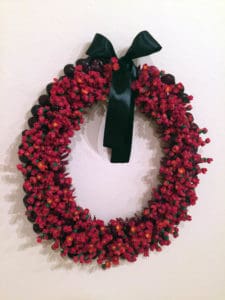
Sulieti Fieme’a Burrows and Tui Emma Gillies, Kahoa Heilala 2016, polymer clay, plastic (grapes), ribbon, wire, nylon thread
Renowned in New Zealand and Tonga for their collaborative Kahoa works, Sulieti Fieme’a Burrows and Tui Emma Gillies acknowledge, celebrate and explore the social and customary practices of traditional Tongan society through the making of lei garlands and wearable items. Burrows was born and raised in Falevai on the Vava’u islands in Tonga. Tui Emma Gillies is a New Zealand artist of Tongan and European heritage. Kahoa Heilala by Burrows and Gillis features Tonga’s national flower, the tiny red-blossomed Heilala replicated in synthetic modeling clay. Tongan garlands with Heilala flowers are popular in Tonga and with diaspora communities. They are worn for special occasions promoting cultural identity and ethnic pride.
Leaving my new friends in the Kingdom of Tonga I board a plane for Apia, Samoa. On arrival, my e-mail contact who offered to be my guide over the next three days falls through. Deciding not to freak out, I hire Antonio, the taxi driver who collected me from the airport. He is my new guide, research assistant and translator as we venture into rural villages and explore the vibrant markets in search of Samoan leis.
Antonio and I learn that an hour east of Apia in Faga-loa village, the Pele family has been making Samoan ceremonial ‘ulafala necklaces for generations. With no phone or registered street address, we comb the village in search of the family. No luck—the Pele’s are off the grid! After a day of searching, Antonio calls his Aunty who tells him we can buy the famous ‘ulafala in a local boutique. Greeted by Christopher the boutique’s manager, he explains how ‘ulafala were traditionally worn by orator chiefs and that the bright red colour of the pandanus symbolises status and rank in Samoan society. Once worn by men alone, Christopher tells us of the pride his family felt when his father presented his sister with an ‘ulafala upon graduating from university.
The use of unconventional materials such as recycled plastic and found objects are transforming the way we see and interpret the lei. Visiting Marketi Fau a large open-air produce and craft market, authentic Samoan handicrafts are made on-site and sold. Operating a coconut stall Novima Kapeneta makes leis from recycling the plastic tablecloths she collects from nearby stallholders. Popular with young Samoan boys and girls for birthday celebrations, Novima Kapeneta’s leis are a wonderful example of how the customary practice is keeping alive cultural values that are so important to Pacific society.
On the last leg of my whirl-wind tour of the Pacific and I touch down in Suva, Fiji. I am met at my hotel my Bernadette Rounds Ganilau who served as the Minister for Labour, Tourism, Productivity and Environment in the interim cabinet of Commodore Frank Bainimarama. We head to her home to view her collection of ceremonial lei and Pacific jewellery. Bernadette is utterly fascinating and it is a privilege to meet her. Later in the day Bernadette and I meet with Johanna Beasley, visual arts coordinator at the Oceania Centre for Arts, Suva. Johanna is researching Fijian salusalu and she helps me track down a spectacular salusalu from the Bua province on northern island of Vanua Levu. This lei is a true find and yet the vendor seemed amused by my excitement. For her, lei are social objects and a part of everyday life. The idea that one would end up in a Gallery was a radical concept.
In my community, curators are often referred to as “domain experts”. I like to think this is not because they simply have scholarly knowledge of a subject (although this is extremely useful), but they also have acquired personal evidence of a subject’s artistic, cultural and social value—thus enabling them to communicate its contemporary relevance to audiences in ways that are purposeful and engaging. My travel around the Pacific certainly reinforced this view.
- Women’s Handicraft Centre, Tonga
- On the Spot Arts, Nukualofa, Tonga
- Nukualofa market, Tonga
- Emily Siddell studio, Auckland
- Ulafala, Apia, Samoa
- Novima Kapente, Lei, Samoa
- Samoa
- Nukualofa market, Tonga
- nukualofa market, Tonga
- Samoa
Author
Art of The Pacific featuring the collection of lei gathered by Simone LeAmon on her tour around the Pacific is on now at NGV International through to 14 August 2016.

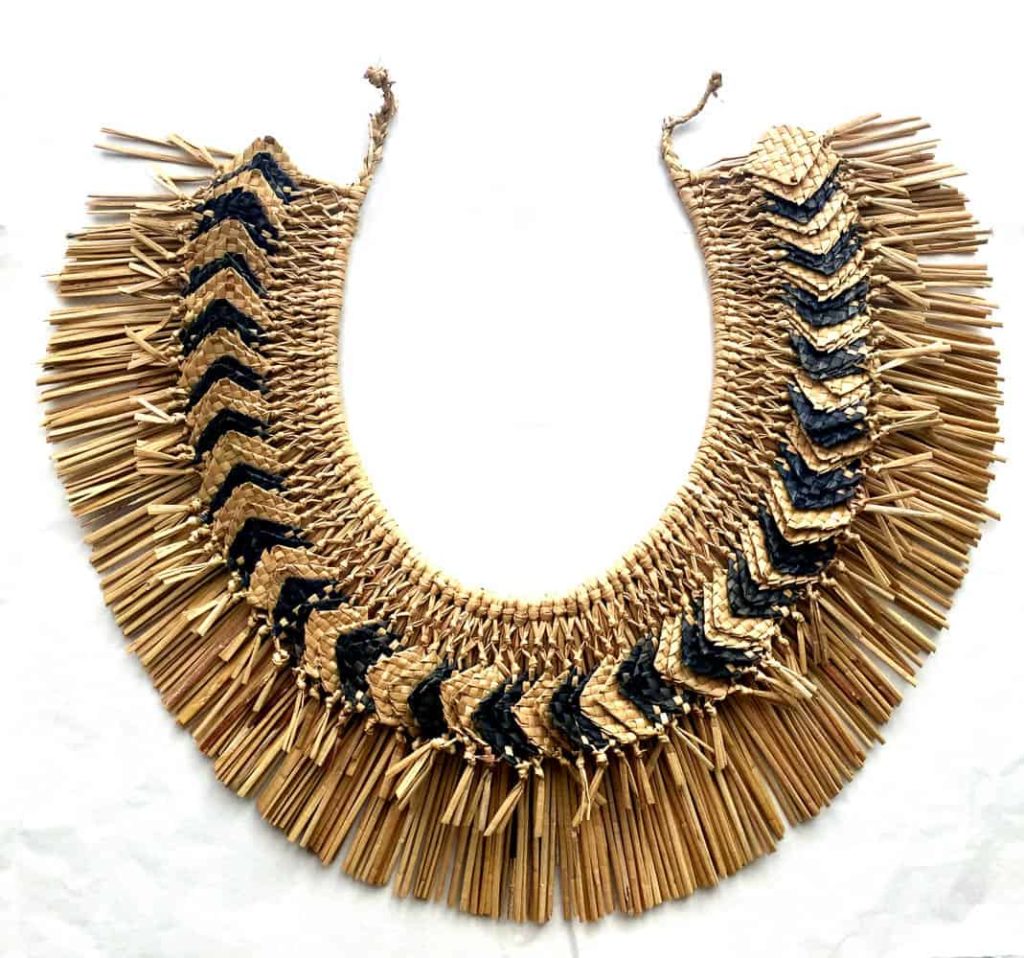

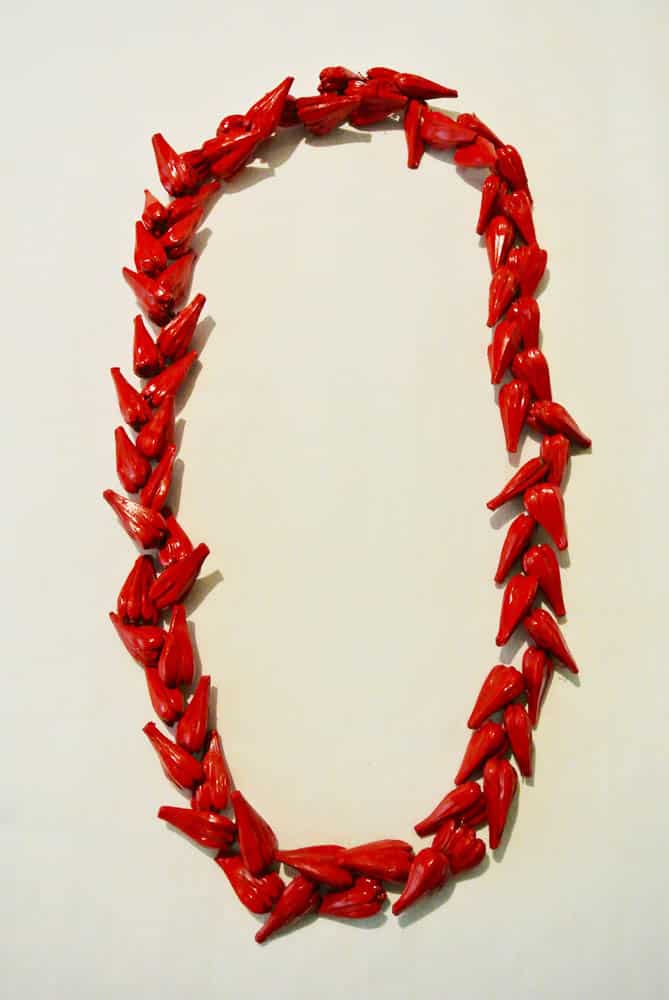
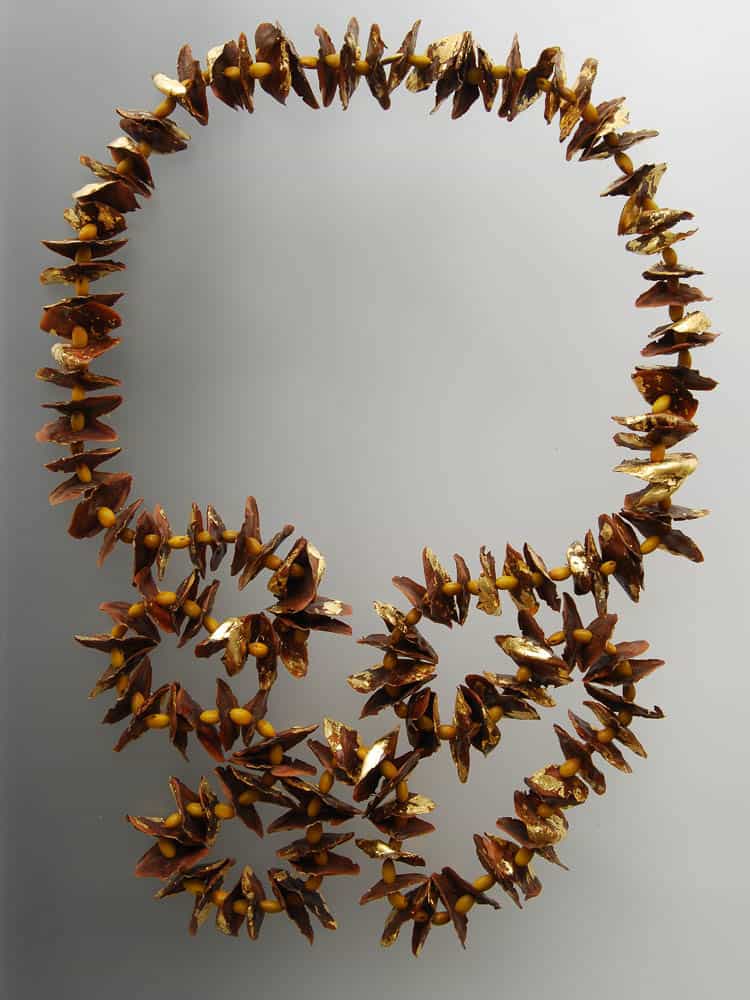

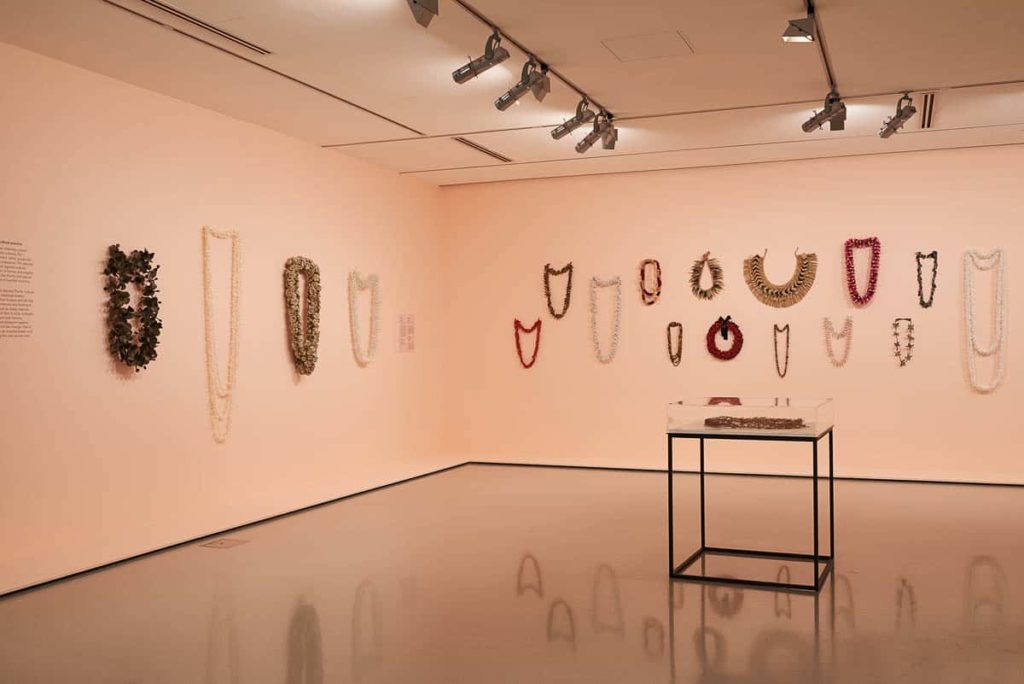
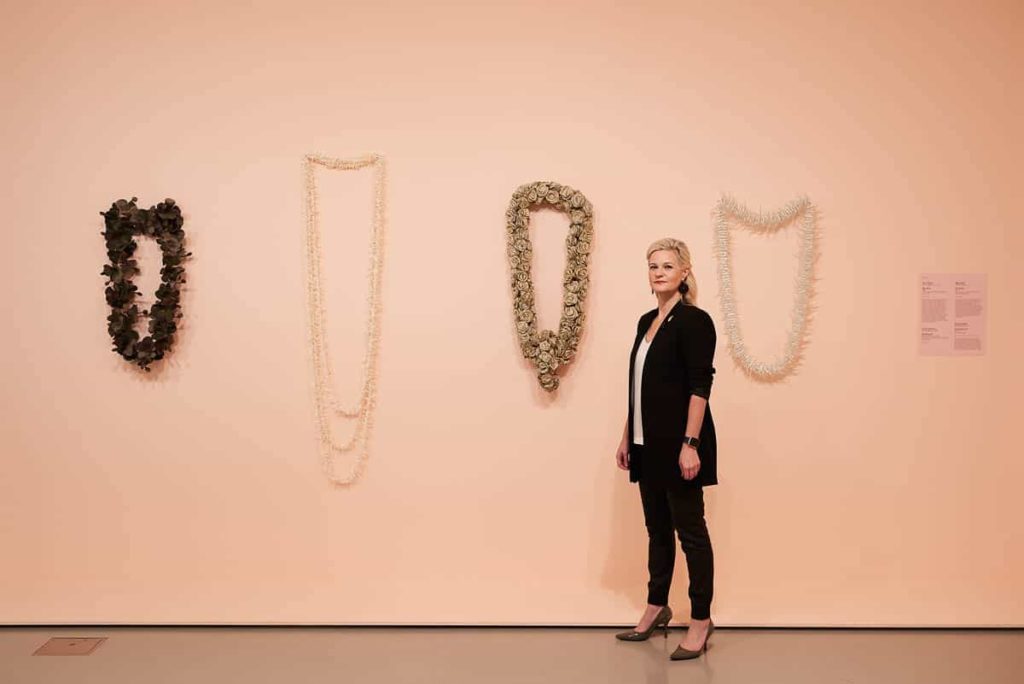

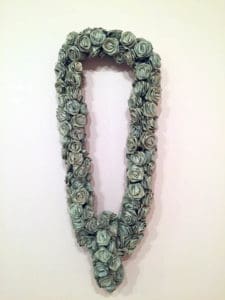
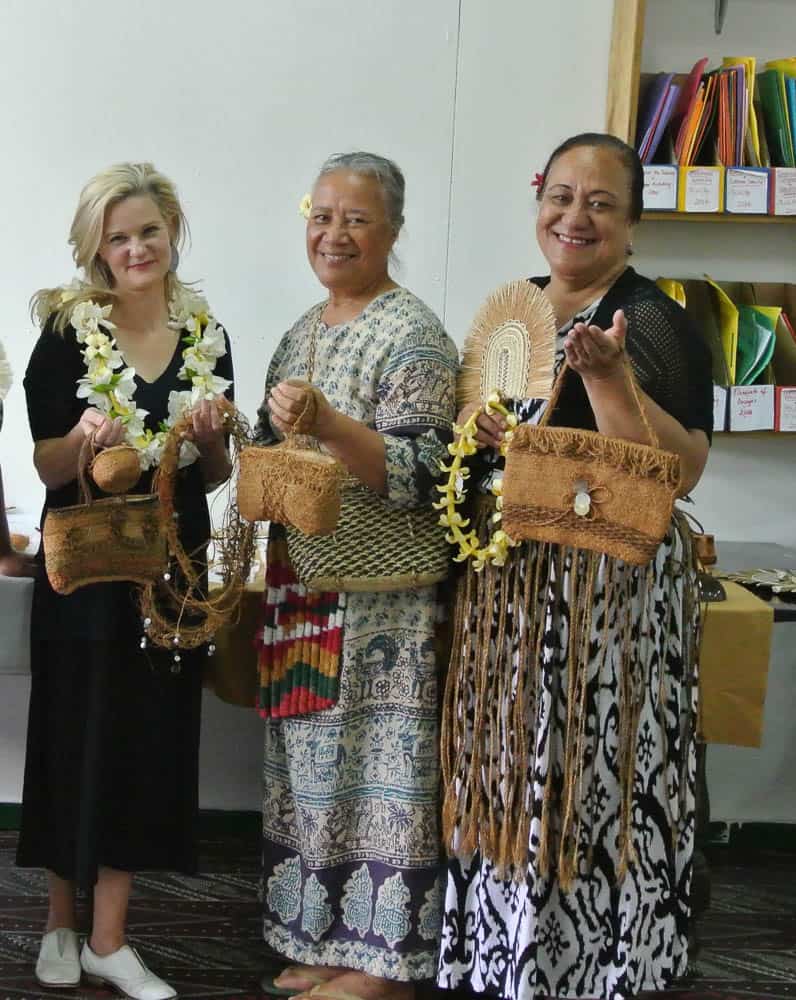
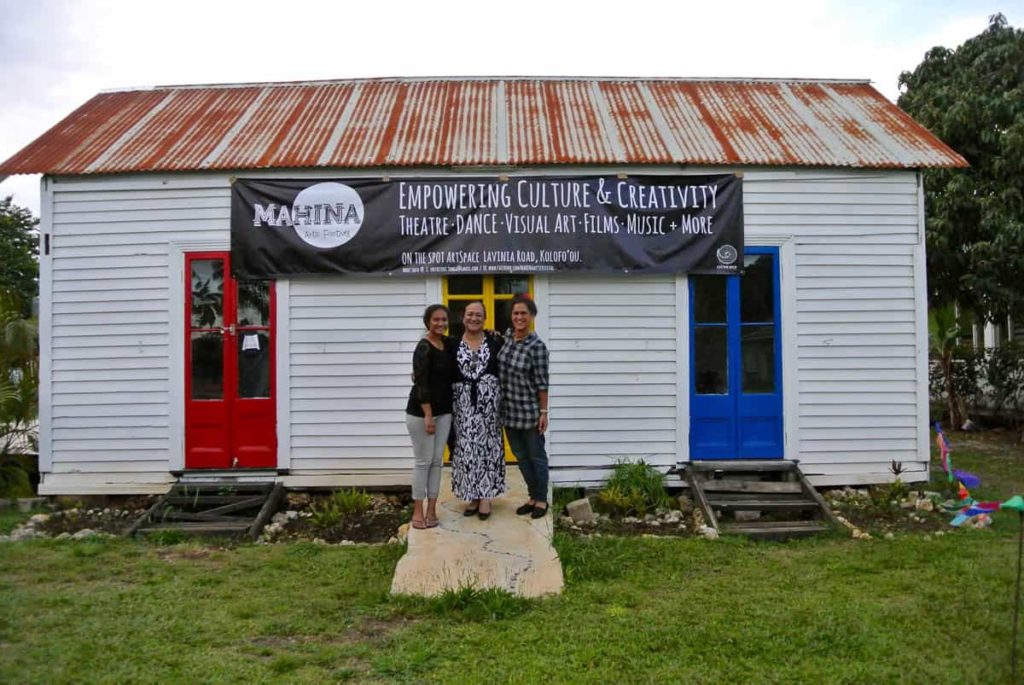
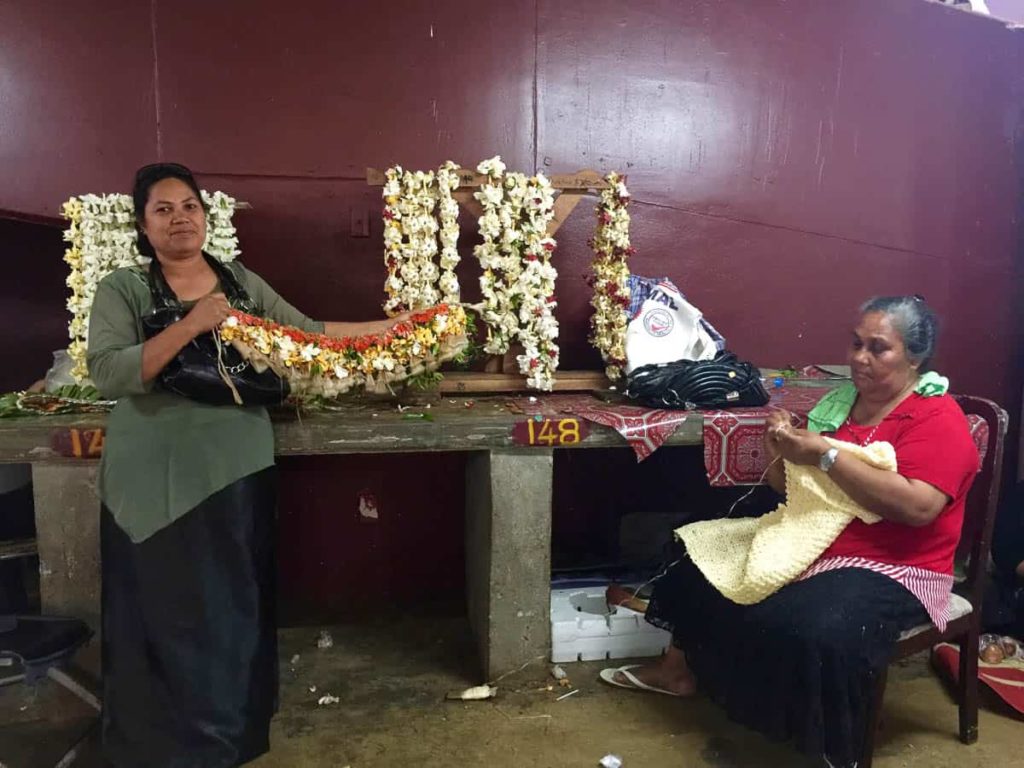
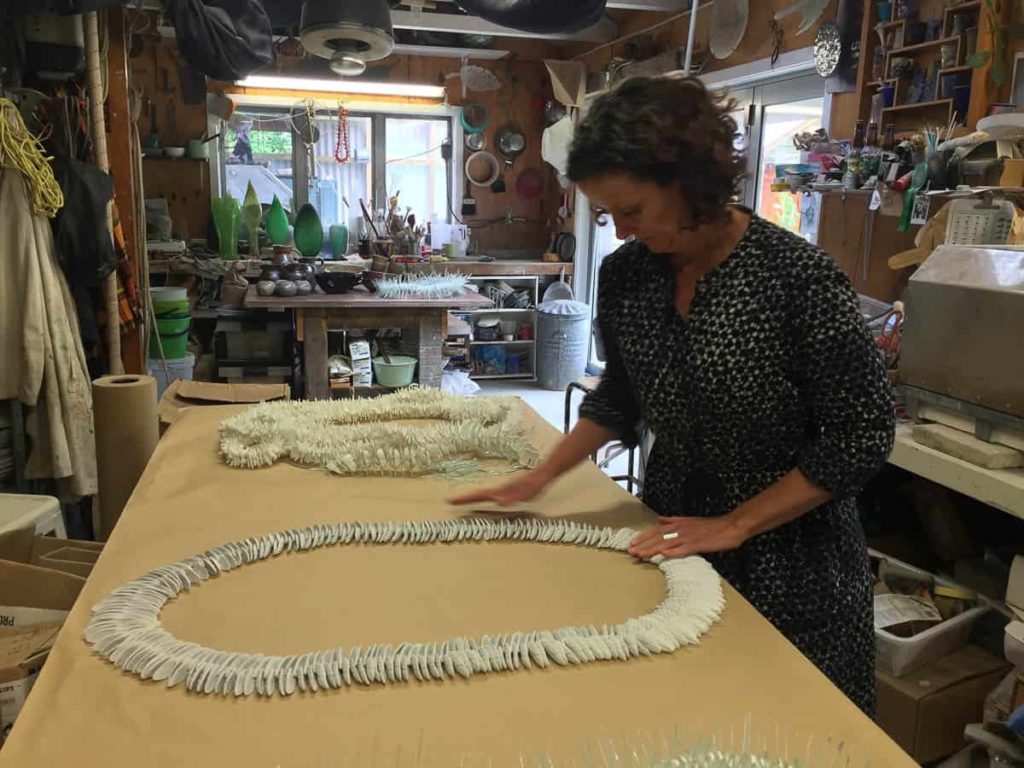
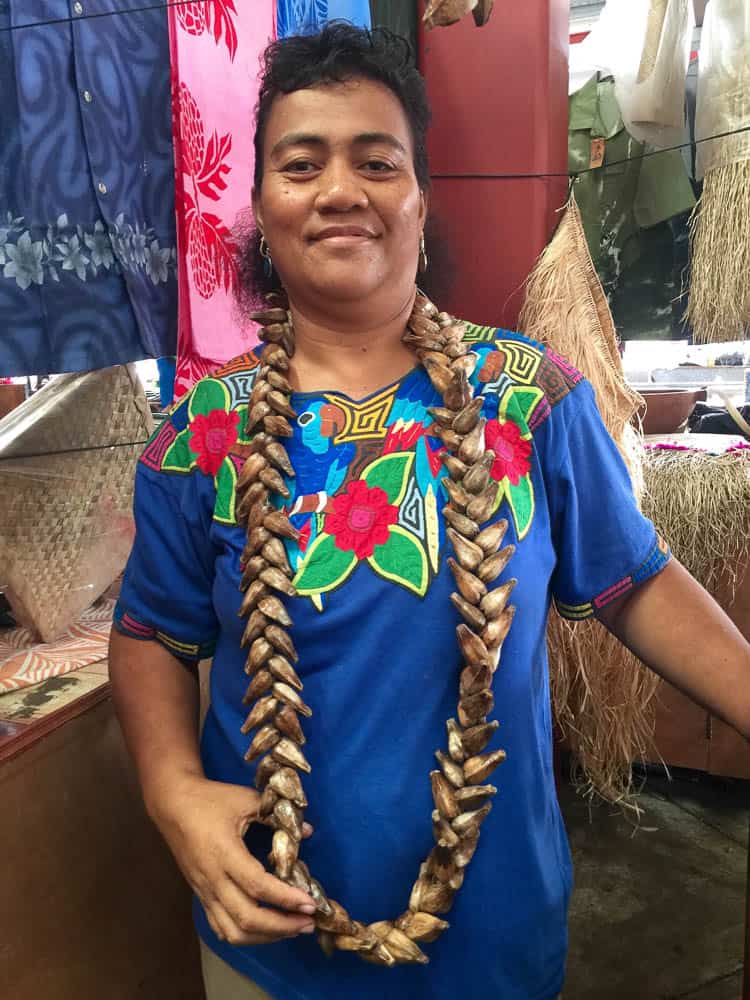
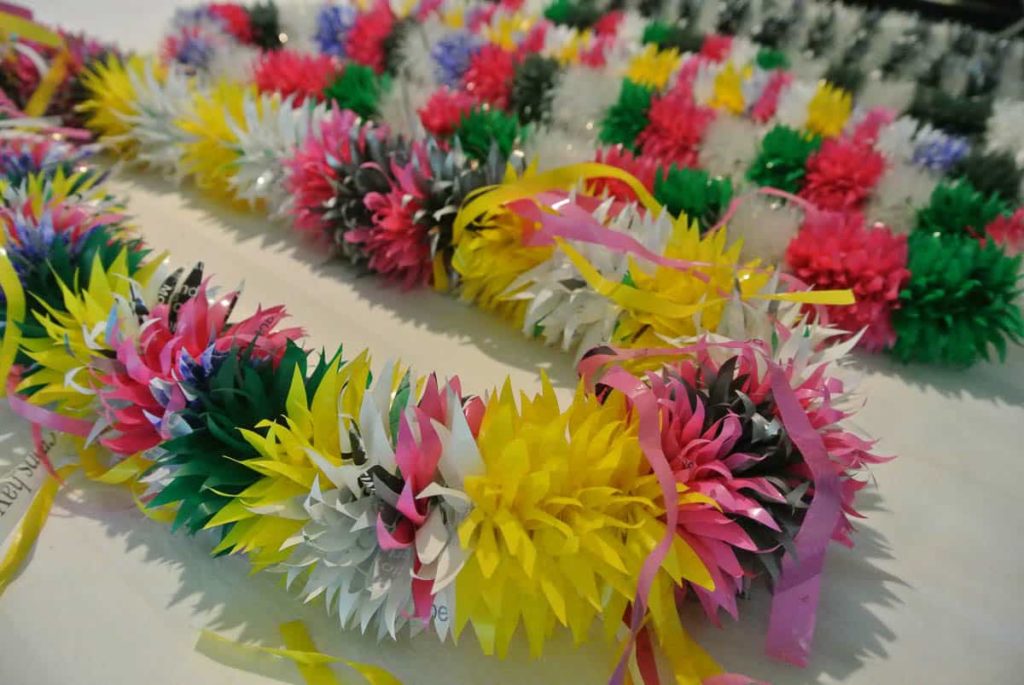

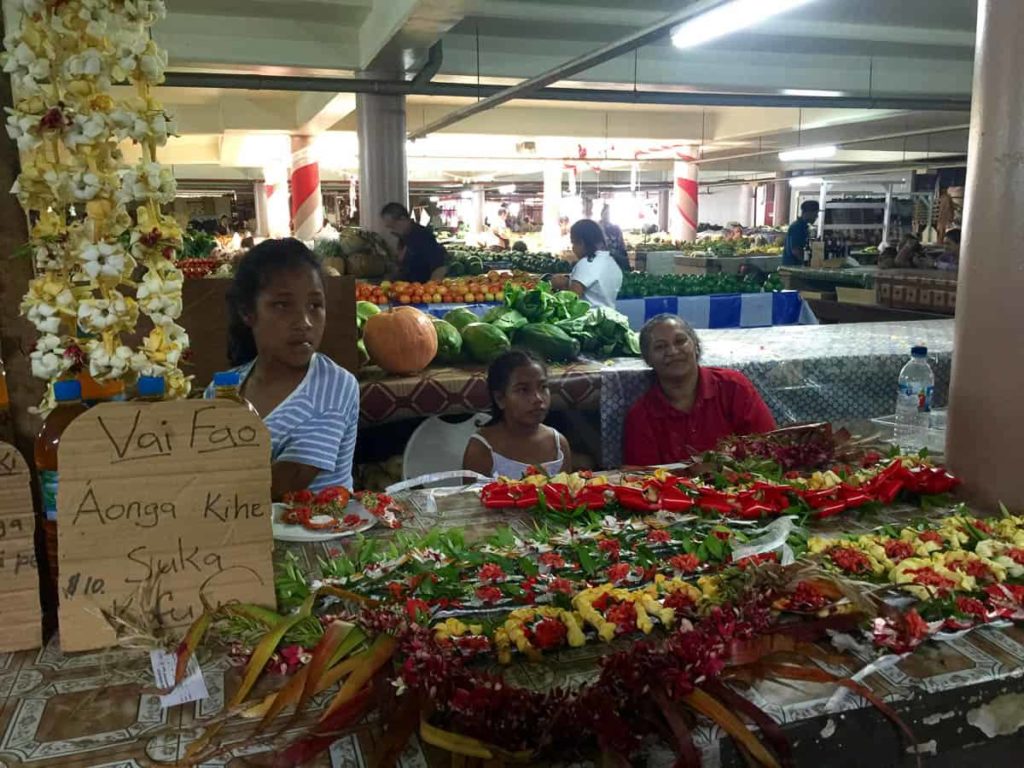
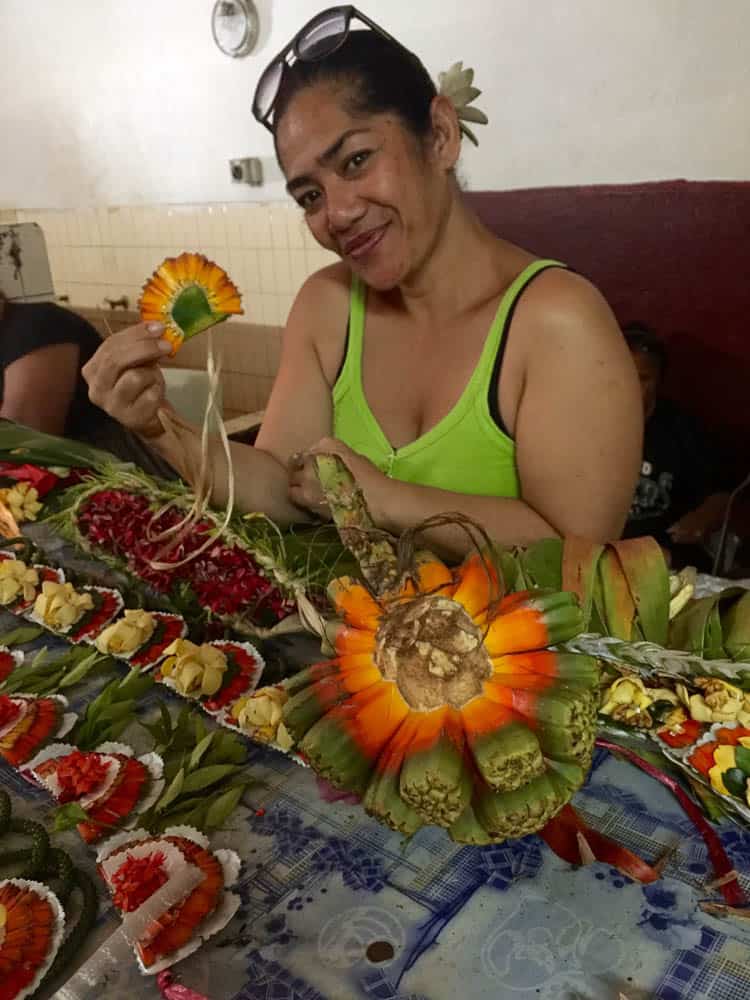
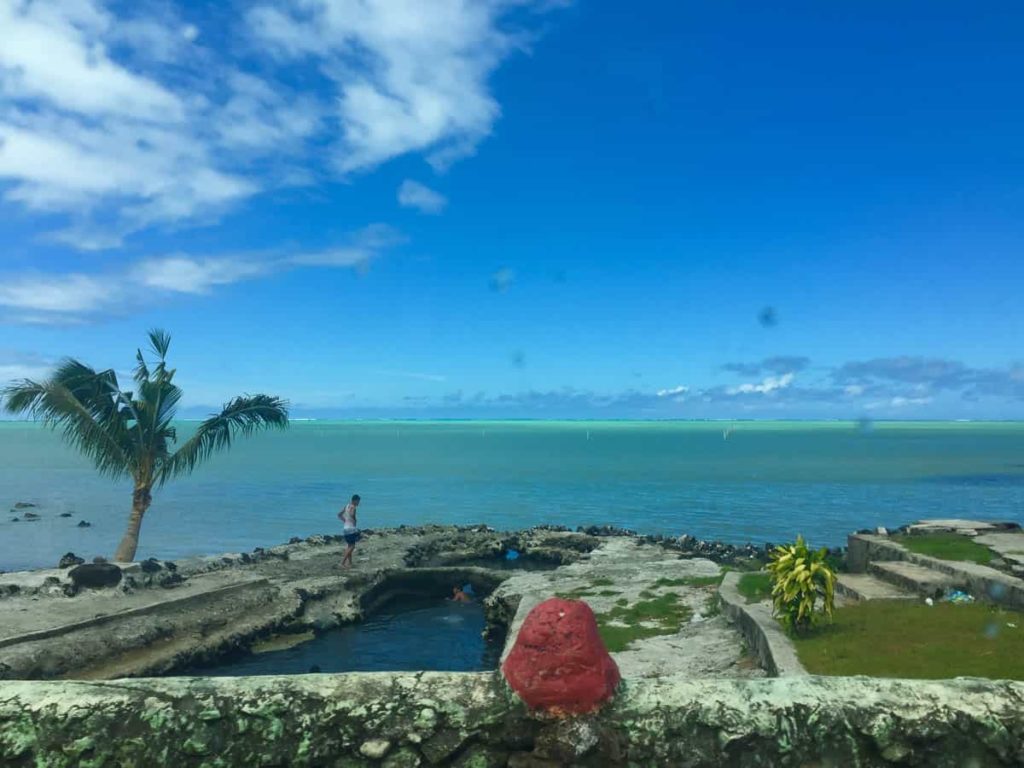

Comments
I may have a good collection of these type of lei garlands I got from an estate how dan i show you a pucture